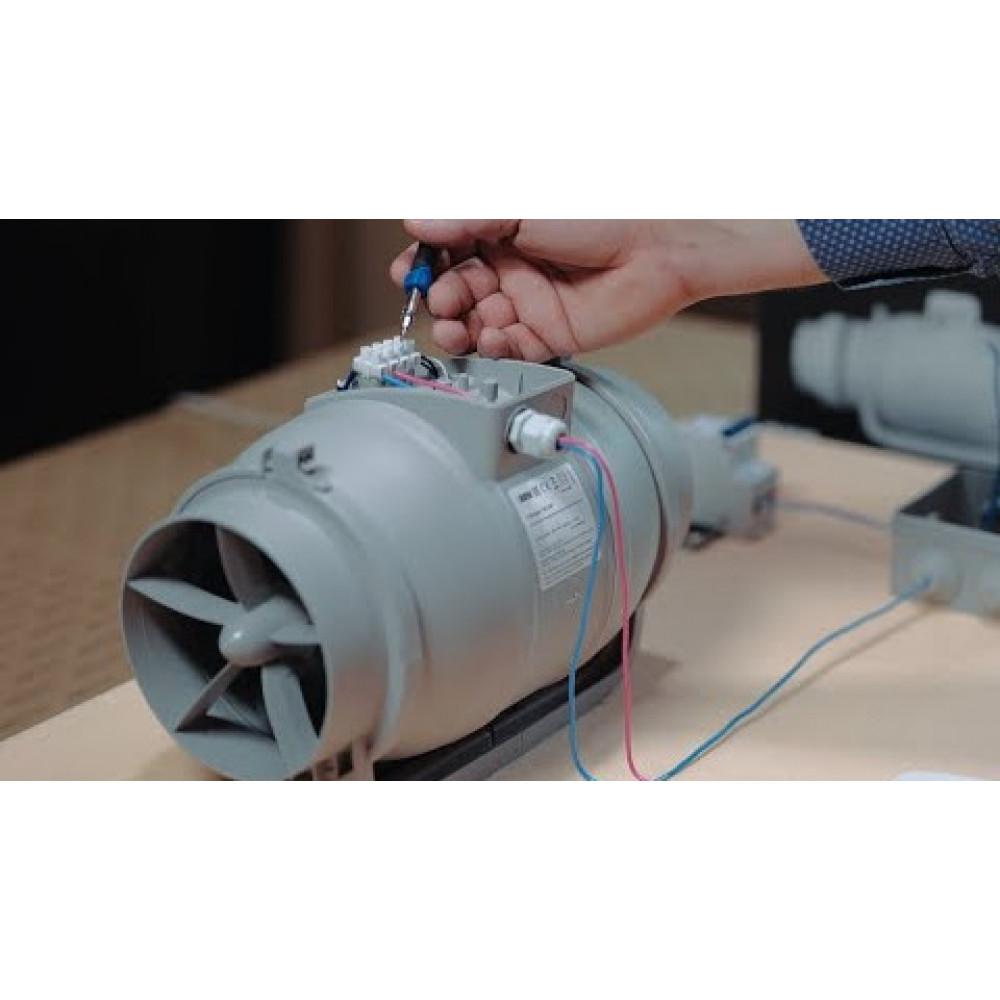Optimizing Building Airflow
페이지 정보
관련링크
본문
What is Air Exchange Rate?
Air exchange rate refers to the rate at which pollutants are removed from a room or a building through building ventilation.
Factors that Influence Air Exchange Rates
Several factors can affect the air exchange rates in a building, some of the most significant contributors include air leaks, HVAC system efficiency, and the volume of the space, additionally, weather conditions such as high winds or extreme temperatures can boost or dampen AER depending on the building design and materials.
Benefits of Optimal Air Exchange Rates
Maintaining optimal air exchange rates has a number of benefits, improved air quality and reduced levels of pollutants can lead to increased productivity, https://yastroyu.ru/tekhnika/55045-chto-takoe-klapany-klop-3.html and reduced absenteeism rates, furthermore, better air circulation can reduce the growth of mold and other microorganisms that thrive in stagnant environments, this can also contribute to a more comfortable work environment.
Setting Optimal Air Exchange Rates
So how can you determine the best air exchange rate for your building? The American Society of Heating, Refrigerating, and Air-Conditioning Engineers (ASHRAE) recommends the following AER for different types of buildings:
Clinical areas: 8-12 ACH
General office spaces: 6-8 ACH
Schools: 6-8 ACH
Commercial kitchens and laboratories: 12 ACH
Calculating air exchange rates can seem daunting, but understanding the factors that influence this rate and implementing the ASHRAE guidelines can greatly improve outside air quality.





